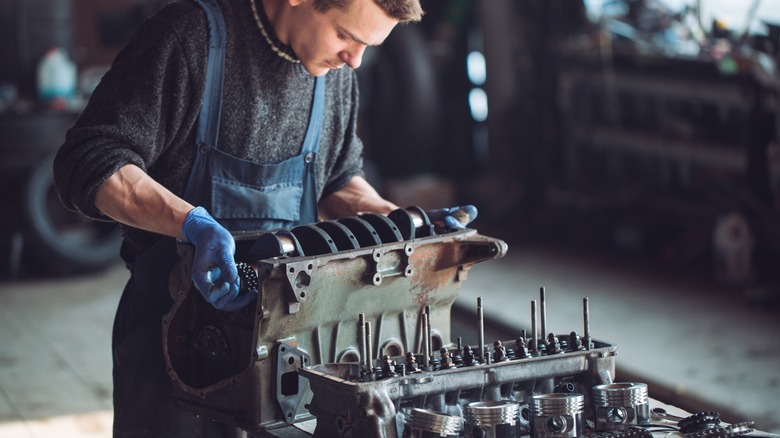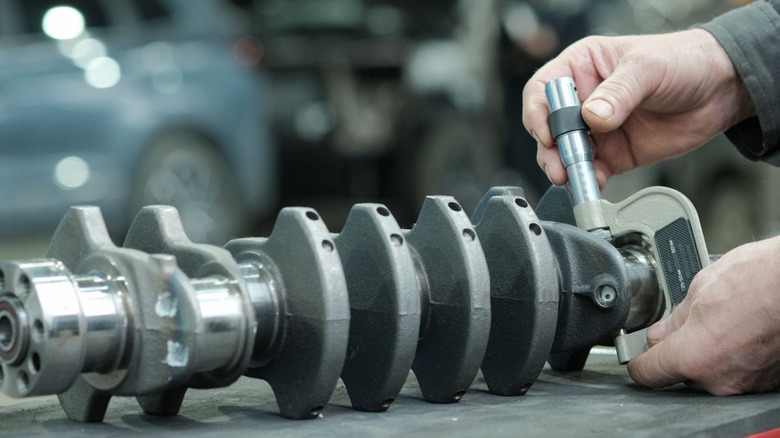
Davit85/Getty Images
While a remanufactured engine should essentially be like factory-new, the difference between overhauling the engine in your vehicle and an engine rebuild comes down to the quality and scope of the work being performed. In the automotive world, there isn’t a lot of guidance on defining the two methods of restoring an engine. The Federal Aviation Administration (FAA) provides more guidance pertaining to reciprocating engines in its revised Advisory Circular 43-11, dated March 29, 2007, on the subject of «Reciprocating Engine Overhauls Terminology and Standards.
Advertisement
The FAA document states a rebuilt engine «allows the owner or operator to use a new maintenance record without previous operating history for an aircraft engine» provided the work was done by an authorized mechanic or facility. While both terms, overhaul and rebuild can indicate the complete disassembly, inspection, component repair/replacement, reassembly, and testing of the engine, a «Top Overhaul» could neglect crankshaft components, a shortcut that should be included among the common mistakes people make when rebuilding an engine. As a result, engine manufacturers do not typically recommend the procedure.
Can an engine overhaul or rebuild be a DIY project?

Palitsyn Evgenii/Shutterstock
Overhauling, rebuilding, or replacing the engine in your car with a remanufactured version can be accomplished by any moderately capable DIY mechanic given the right tools and supplies are on hand before starting. However, unless you’re performing some sort of strange LS engine swap, a simple replacement of your car’s engine with a remanufactured engine is the simplest path.
Advertisement
By definition, an engine overhaul or rebuild requires the complete disassembly of the engine for inspection of all components. Worn cylinder walls can be bored oversize to accept new standard oversize piston, scarred crankshaft journals can be ground down, within limits, and reused, and cylinder head valve parts reworked and replaced to make them like new. Those services will require the services of an automotive machine shop, but the parts you get back will be restored to acceptable factory specs.
Any major components worn beyond repair, and consumable parts like bearings, gaskets, and seals will require new replacements. Once a complete set of engine parts are back in your workspace, be it a garage, shed, or dining room, it’s time to reassemble the components in roughly the same order you took them apart. While online resources are valuable for this step, a good engine rebuild manual for your specific model provides details easily missed on a video.
Advertisement
Now it’s time to reinstall the engine in your car and fire it up. Be sure to follow the recommended break-in procedure for your engine for the first 500 to 1,000 miles.